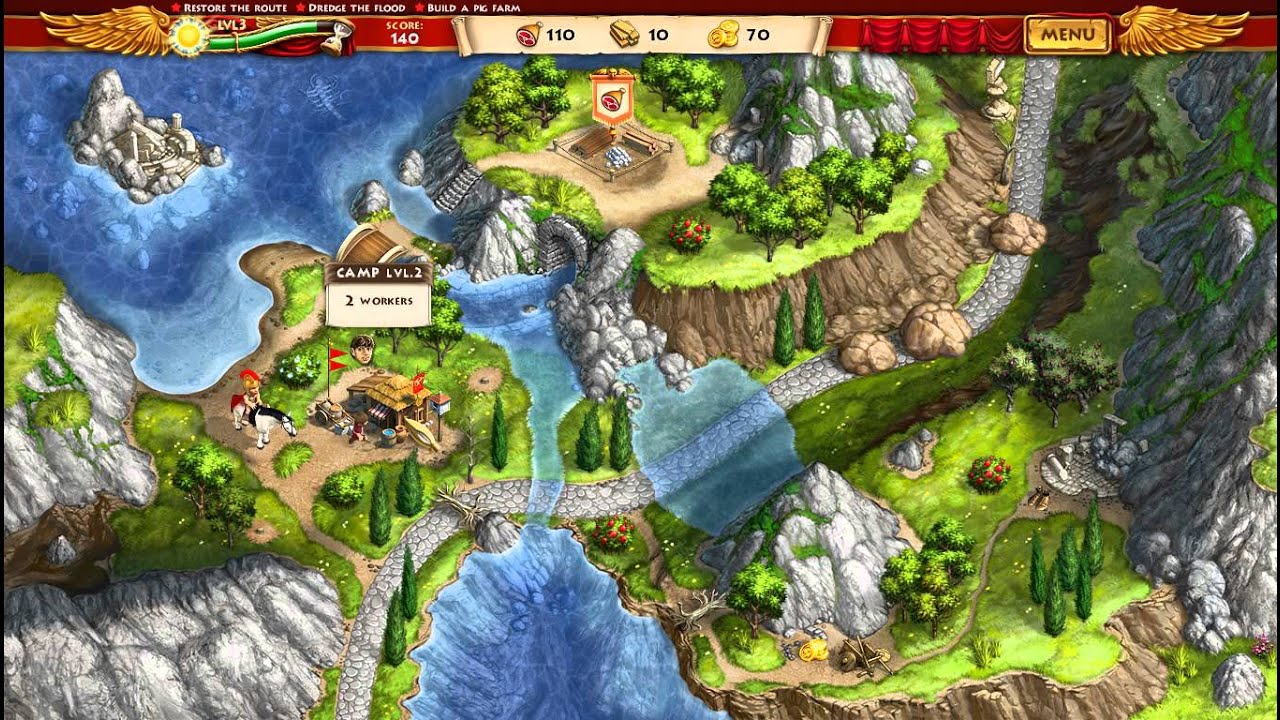


This instrument consisted of a long wooden staff, pointed at the lower end and topped with a wooden arm, about 25cm/10" long. The Roman Groma: the Roman Surveyor's Workhorseįor road building and laying out settlements in the distinctive grid patters, the main tool of agrimensores was a device known as the groma, believed to have had its origins in Egypt. Fitted with iron or bronze end-caps, this staff could be used for measuring distances, the agrimensores using two rods laid flat and 'leapfrogging' to measure the distance in ten-foot increments. The Decempeda, Latin for 'ten feet' was the main tool of the trade, and was simply a graduated measuring rod of ten Roman feet. With these simple tools and a good knowledge of geometry, they managed to plot complex courses for roads and aqueducts, their skill so great that they could design huge aqueducts with a gradient of less than 1 in 400. To help in their task, they used a number of instruments, most borrowed from earlier culture but refined and improved by the Romans. In most cases, the military would be responsible for plotting the route of new roads, but civil surveyors were used to survey courses for aqueducts, settle boundary disputes, and prepare the groundwork for buildings. The Romans preferred to build straight roads wherever possible and relied upon their surveyors to chart the route of their great highways. Main Roman Roads of the Roman Empire (Public Domain) We half-jokingly talk about the Romans and their straight roads, but that throwaway statement is not far away from the truth. The Roman surveyors were highly skilled professionals, able to use a number of tools, instruments, and techniques to plan the courses for roads and aqueducts, and lay the groundwork for towns, forts and large buildings.


 0 kommentar(er)
0 kommentar(er)
